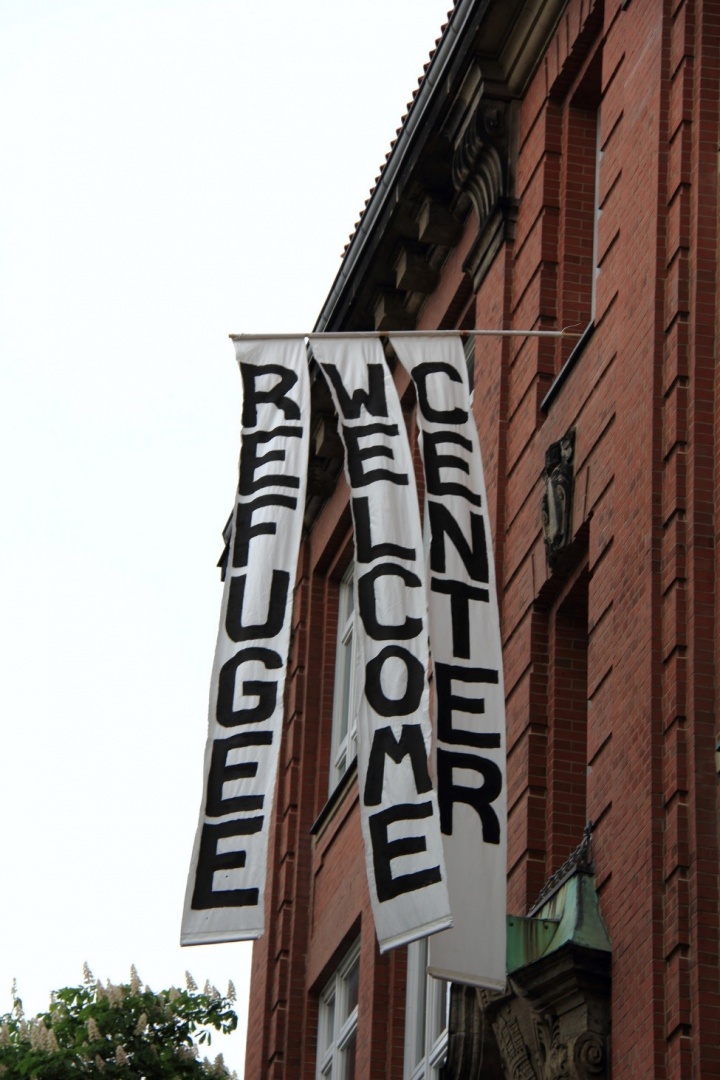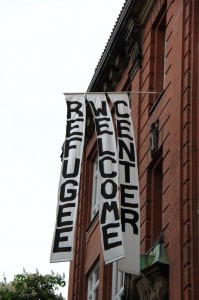
National Policies, Local Solutions for an International Refugee Challenge
Published on Improving asylum seekers’ access to legal residency, labour markets, and social safety nets can help wealthy countries meet urgent and dire humanitarian needs in the short-term while facilitating the mutually beneficial outcomes of labour mobility in the long-term. So how do we do it? The Ryerson Global Diversity Exchange (GDX) webinar on 28 July 2015, conducted in collaboration with the World Bank and the Bertelsmann Stiftung, examined this question through a trans-Atlantic lens, seeking to highlight emergent innovations in refugee policy for further investigation.
Improving asylum seekers’ access to legal residency, labour markets, and social safety nets can help wealthy countries meet urgent and dire humanitarian needs in the short-term while facilitating the mutually beneficial outcomes of labour mobility in the long-term. So how do we do it? The Ryerson Global Diversity Exchange (GDX) webinar on 28 July 2015, conducted in collaboration with the World Bank and the Bertelsmann Stiftung, examined this question through a trans-Atlantic lens, seeking to highlight emergent innovations in refugee policy for further investigation.
Globe and Mail journalist Doug Saunders jump-started the conversation with a three-piece wake-up call, starting with the current refugee crisis: Trans-Mediterranean crossings to Europe have not increased since last year, but have become more deadly, so the cost of not reforming migration systems is rising. Europe-oriented refugee flows represent a tiny slice of the global total; failing to address even these flows will put more pressure on already heavily burdened countries. Finally, Europe’s system of refugee resettlement is uneven, slow, and insufficient to meet regional needs. The need for a serious shift in refugee policy within Europe is thus clear—but what might this shift look like?
Matthias Mayer of Bertelsmann Stiftung and Ratna Omidvar of Ryerson GDX put their heads together to think about potential ingredients of a successful and inclusive asylum framework and, pulling from the German and Canadian refugee protection experiences, three lessons emerged.
First, lengthy (and increasing) asylum processing times in Germany contribute to poor labour market integration outcomes for asylum-seekers, as employers hesitate to hire workers who may be forced to leave the country.
Second, flows of asylum seekers to countries with labour market shortages are steadily increasing, signaling an opportunity to use labour market forces to drive increased protection efforts.
Third, integration of asylum seekers works best when they can access a specific support network in their host community.
A rich conversation with World Bank Senior Economist Manjula Luthria produced the following set of questions for further investigation, which will be explored through this series of Ryerson GDX Conversations.
Questions for further discussion:
- If asylum seekers obtain employment while their asylum case is pending, can they become economic migrants if their asylum application is rejected?
- What mechanism would enable employers to prioritize displaced people when they recruit labour migrants?
- How might Canada’s private sponsorship model, which improves labour market integration outcomes for refugees, be adapted and introduced to the European context?
For more about the webinar speakers, additional resources, and to watch the GDX webinar, see: National Policies for an International Challenge: Improving Refugee Integration Policies (July 28, 2015)







